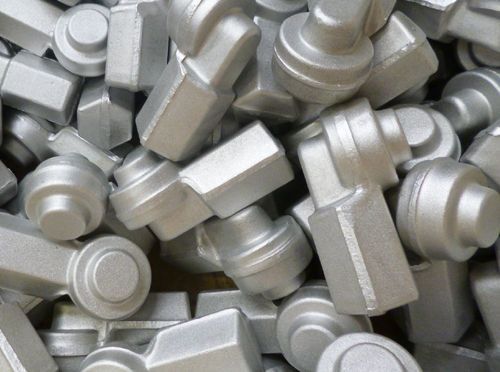If the forging ratio is reasonable, the steel ingot is forged at high temperature, and the coarse primary dendrites are broken; since the high-temperature forging of the steel is carried out above the recrystallization temperature, during this period, dynamic recovery and dynamic recrystallization occur, resulting in new smaller and smaller dendrites. ‘s grains. The grain size and uniformity of forgings depend on the deformation temperature, degree of deformation and uniformity of deformation.
At a certain forging temperature, there is a critical deformation range. If the deformation degree represented by the actual forging ratio during forging is within the range of the critical deformation degree, the grains after recrystallization of the forging are relatively coarse.
Therefore, as long as the deformation is uniform and the final forging temperature is appropriate, especially the forging ratio actually achieved by the forging billet in the last fire is reasonable so that the deformation degree is not within the range of the critical deformation degree, the forging can obtain a uniform and fine grain structure.
If the problem of coarse grain refinement is left to the heat treatment process, it will not only consume man-hours and increase costs, but also for some steels that do not undergo phase transformation when cooled from high temperature to room temperature, such as austenitic, ferritic stainless steel and Hot steel forgings cannot be achieved because they cannot be refined and uniform grains by heat treatment methods, so they can only rely on reasonable forging deformation processes to achieve the purpose of refining and uniform grains. In the forging temperature range of 850-1200~, the degree of deformation of the steel must be greater than 20% in order to obtain finer grains after recrystallization of the forging.
When steel is deformed at high temperatures, the critical deformation range of slow deformation speed is larger than that of steel with fast deformation speed. Based on some experimental results, the critical deformation range of carbon steel and alloy steel is shown in Table.

